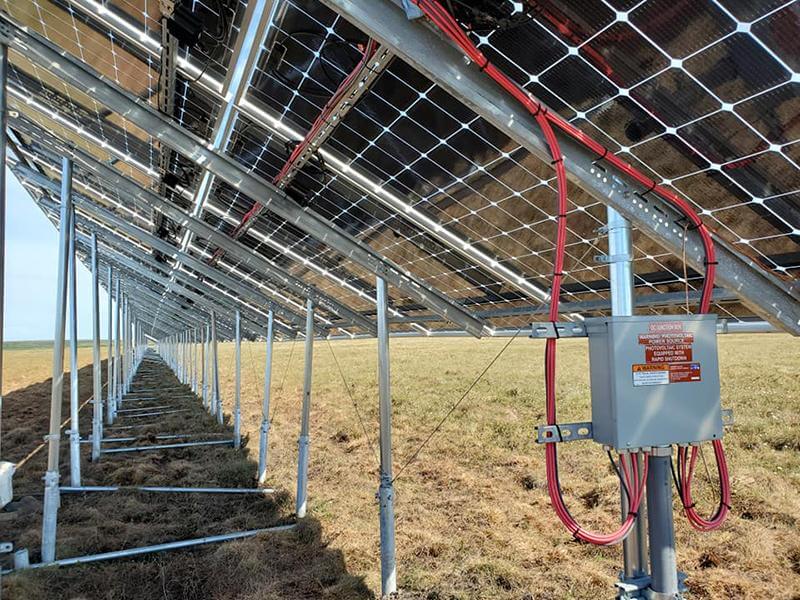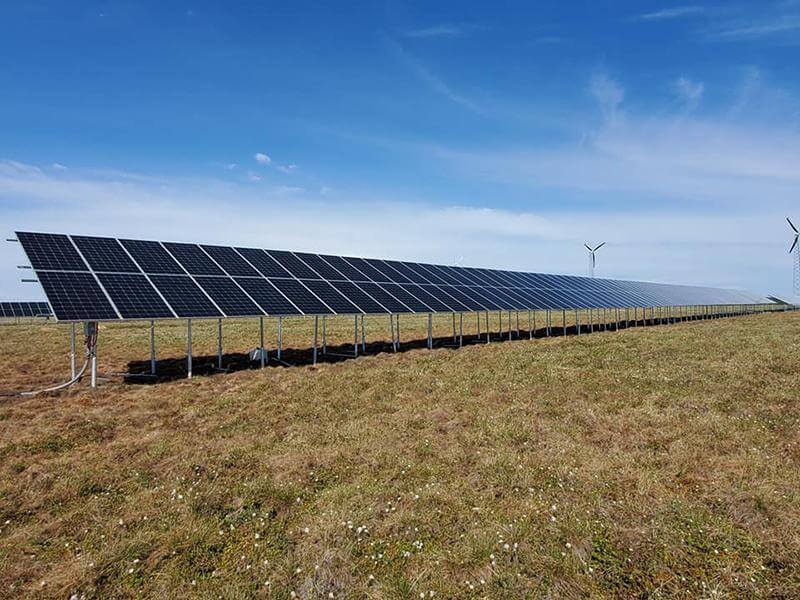SolarEdge Powers Largest PV System in Rural Alaska




Matt Bergan
/ Engineer, Kotzebue Electric AssociationEPC provider Alaska Native Renewable Industries leveraged bifacial modules to utilize the light that reflects off snow accumulation. SolarEdge’s commercial PV solution was chosen to maximize energy yield, eliminating mismatch losses often occurring in bifacial modules. With SolarEdge’s Monitoring Platform, KEA has the bonus of remote troubleshooting capabilities for higher system uptime and low O&M costs.

SolarEdge’s DC optimized commercial solution eliminated mismatch losses by almost 3% in the first year compared to a traditional string inverter. In addition, the energy gain is estimated to be over 6% by the year 20. By pairing SolarEdge’s inverter and Power Optimizer combination with bifacial modules, an additional gain of at least 5% is expected.